Kumbhakarna Singh, popular as Rana Kumbha of Mewar, was among the most distinguished Rajput rulers of 15th century. He was the 5th ruler of famous Sisodia Rajput clan. Rana Kumbha succeeded his father Rana Mokal and ruled Mewar for 35 years (1433-1468 CE). His reign is often regraded as ‘Golden period of Mewar’. During his sovereignty, Mewar became the strongest kingdom of northern India.
Rana Kumbha never lost any battles and kept Mewar secure from Islamic Invaders. With his exceptional military skills, he successfully terminated multidirectional attacks from Malwa, Gujarat and Mandore. Maharana Kumbha had built 32 forts to ensure a strong defense for Mewar. Fort of Kumbhalgarh was undoubtedly his most noticeable construction.
Early life
Rana Kumbha was a son of Rana Mokal Singh and Sobhagya Devi.
Rana Mokal Singh was assassinated by his paternal uncles Chacha and Mera. At the age of 13 years only, Rana Kumbha ascended the throne of Mewar, with the help of Bhil chiefs. After ascending the throne of Mewar, firstly he attacked and killed his father’s assassins.
During his early phase of reign, he faced several political challenges and intrigues. But Rana Kumbha showed a great bravery and diplomacy to overcome all political challenges.
Rana Kumbha of Mewar: Military brilliance
Rana Kumbha conquered states like Bundi, Kota, Chatsu, Malpura, Amber, Dungerpur etc. Majority of these states accepted his suzerainty and came under his political influence. He also annexed Sambhar, Didwana, Mandore, Nagaur, Ranthambore, Sirohi, Gagran, Ajmer etc. to his empire.
According to inscriptions, he defeated and imprisoned Mahmud Khalji of Malwa for six months. Many historians also admire liberality shown by Rana Kumbha.
He won some critical battles that secured Mewar’s sustainability as Sisodia Kingdom.
Battle of Nagaur: Conflict with Gujarat Sultanate
Firoz Khan, Sultan of Nagaur, died in 1455. But after his death, his younger son Mujahid Khan discrowned his elder brother Shams Khan. Sensing his life threat, Shams Khan escaped to Mewar and asked for help. Rana Kumbha helped Shams khan to ascend the throne of Nagaur. But soon after Shams Khan became Sultan of Nagaur, he refused to keep his promise.
Realizing Sultan of Nagaur was strengthening his forces against Mewar, Rana attacked Nagaur Fort without further delay. In the high intensity Battle of Nagaur, Rana Kumbha defeated Shams Khan.
Victory at the Battle of Nagaur was an important achievement in Rana Kumbha’s military career.
Conflict with Ahmad Shah II of Gujarat Sultanate
Lost Sultan of Nagaur fled to Gujarat with his daughter. He also convinced Qutab-ud-din Ahmad Shah II, the Sultan of Gujarat to marry his daughter. Ahmad Shah II, on Shams Khan’s request, started his campaign to recapture Nagaur. In Rana’s absence, he first attacked the Kumbhalgarh fort. But failing to capture Kumbhalgarh Fort, he inflicted and damaged the Hindu temples of the fort.
Rana Kumbha waited till the Gujarat army reach Nagaur. Once Gujarat army reached Nagaur, Rana Kumbha crushed the Gujarat army in a severe engagement.
Battle of Sarangpur and defeating Mahmud Khalji of Malwa
Mahpa Panwar, an assassin of Rana Mokal Singh, was hiding under the shelter of Mahmud Khalji. Maharana had warned Khalji many a time for safeguarding Panwar. But Khalji refused to do so. In 1437 CE, Maharana Kumbha finally attacked Malwa. Over a severe engagement in the Battle of Sarangpur, Mewar army crushed Malwa army.
Mahmud Khalji, after losing the Battle of Sarangpur, refuged at the fort of Mandu.
Rana’s army also followed him up to Mandu and captured Khalji and took him to Chittor Fort. He kept Khalji in Chittor Fort prison for six months. But Mahpa Panwar managed to escape to Gujarat. He was kind enough to release Mahmud Khalji after six months of imprisonment.
Battle of Mandalgarh
Mahmud Khalji didn’t give up at all. Five years later, in 1442 CE, Khalji received a news that Rana was out Chittor on an expedition. Immediately he left Malwa to invade Chittor. On the way, he attacked and destroyed Bana Mata temple near Kumbhalner.
Hearing about these incidents, Rana Kumbha returned to Chittor immediately. The two armies met near Mandalgarh. But the Battle of Mandalgarh ended indecisively. However, few days later, Rana attacked Khalji’s army again and demolished it. Mahmud Khalji refuged at Mandu once again.
Battle of Banas
Khalji didn’t give up yet. He took another four years to reform his troop against Mewar.
In October of 1446 CE, he again started proceeding towards Mandalgarh. But Maharana Kumbha was prepared with his forces while Malwa army was crossing the river Banas. Mewar army again destroyed Malwa army at the Battle of Banas. Mahmud Khalji refuged at Mandu again.
But comprehensively losing the battle of Banas, Mahmud Khalji never attacked Mewar.
The Vijay Stambha made by Rana Kumbha of Mewar
Rana Kumbha of Mewar is also known for creating the famous Vijay Stambha (victory monument) of Chittorgarh.
The Mewar Rana Kumbha had to fight most of his life with his neighboring states to protect Mewar. But his historic victory over the combined army of Gujarat and Malwa, was the prime reason of creating Vijay Stambha in 1448 CE at Chittorgarh.

Strengthening the defense of Mewar
Maharana Kumbha became famous for constructing line of defense for Mewar State. According to some historians, during his reign, as many as 84 forts were operational. Rana Kumbha himself had constructed 32 of them.
Construction of the Kumbhalgarh Fort proved very effective move by Rana Kumbha for Mewar kingdom. Chittor Fort was attacked and seized many times by different invaders, especially by the Mughals. The hilly range of Aravalli, at a height of 1100 meters, made Kumbhalgarh Fort much secured than any other fort in Mewar. So the royal family of Mewar now could easily refuge in the fort during dangerous attacks.
Maharana Kumbha personality
Rana Kumbha height is the most discussed topic apart from his great personality. According to the legends, Maharana Kumbha height was about 9 feet with a massive body structure. Irrespective of it’s trueness, the massive body structure certainly suits the greatest Hindu Rajput warrior of 15th century.
Maharana also had a incredible sense of political and diplomatic values. The way he handled the political turbulences of Mewar from such an young age was extremely remarkable.
He also left his marks in cultural fields. The Mewar king himself was an exceptional Veena player. He also shown a great interest of music and arts. He accommodated many artists and musicians in his court.
Rana Kumbha of Mewar was well versed in Sanskrit, Prakrit and of course, local dialects of Mewar. He also left his footprint on music. His own creations like ‘Sangit Raj’, ‘Sangit Mimansa’, ‘Sangit Ratnakar’ and ‘Sudprabandh’ are impeccable. Further, his own commentaries on Jaydev’s ‘Geeta Govinda’ and ‘Chandsatkam’ had shown his depth of knowledge in literature.
Rana Kumbha death and aftermath
Maharana Kumbha was killed by his own son, Uday Singh I in 1468 at his very own Kumbhalgarh Fort. Uday Singh I therefore became infamous as killer of own father.
Uday Singh I ascended the throne of Mewar but couldn’t survive for long. Some legends mention that he died of a lightning strike. Another legend mentions that Raimal Singh killed his patricide elder brother to take his father’s revenge. Rana Raimal Singh’s reign (1473-1509 CE) was long and stable.
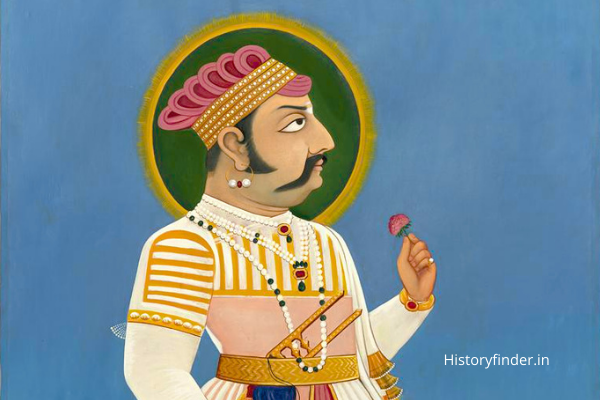
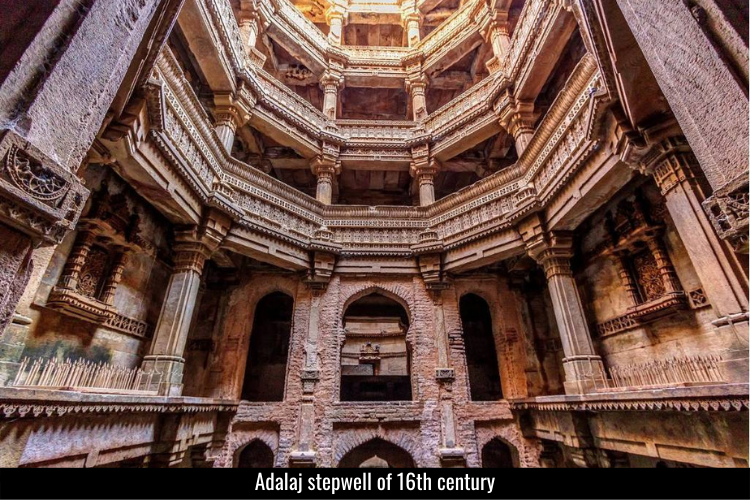
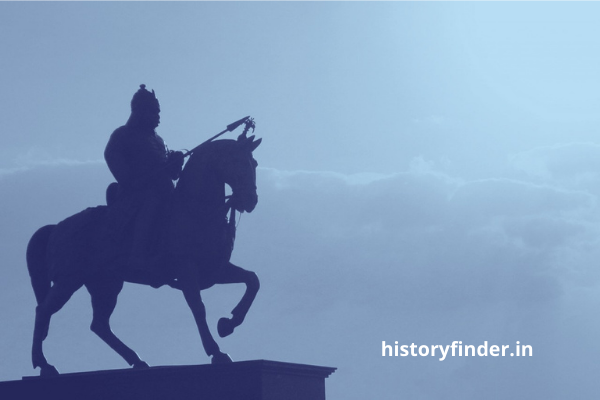
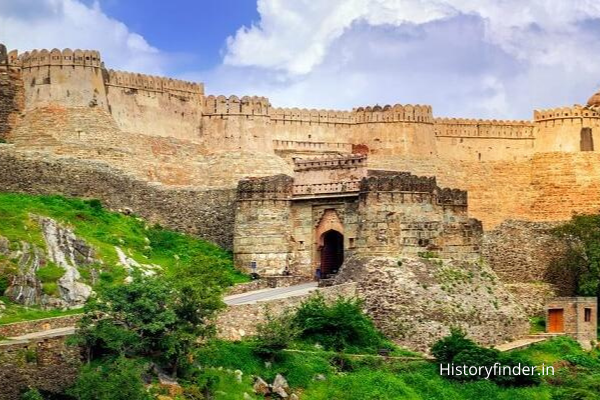
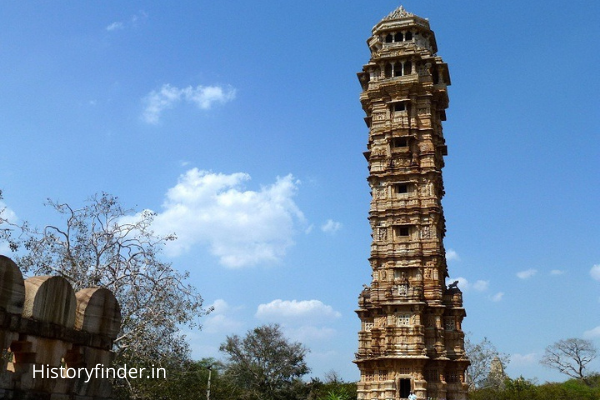
Pingback: Chittor Fort - History Finder
Pingback: Malwa Sultanate History and Legacy - History Finder